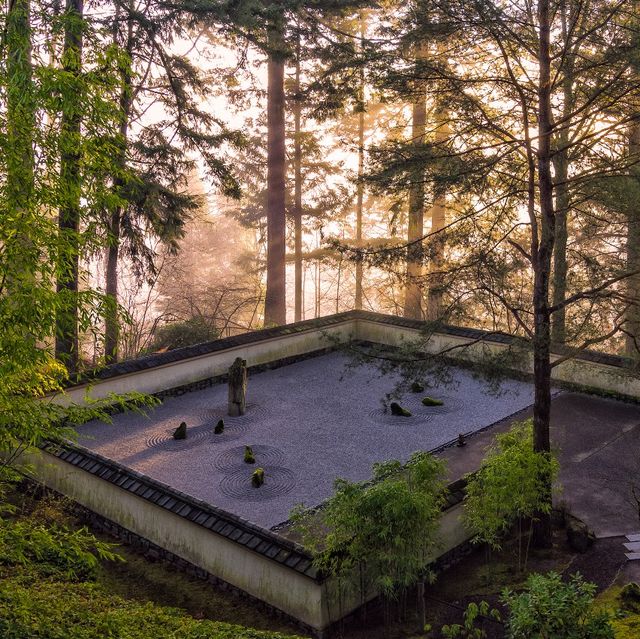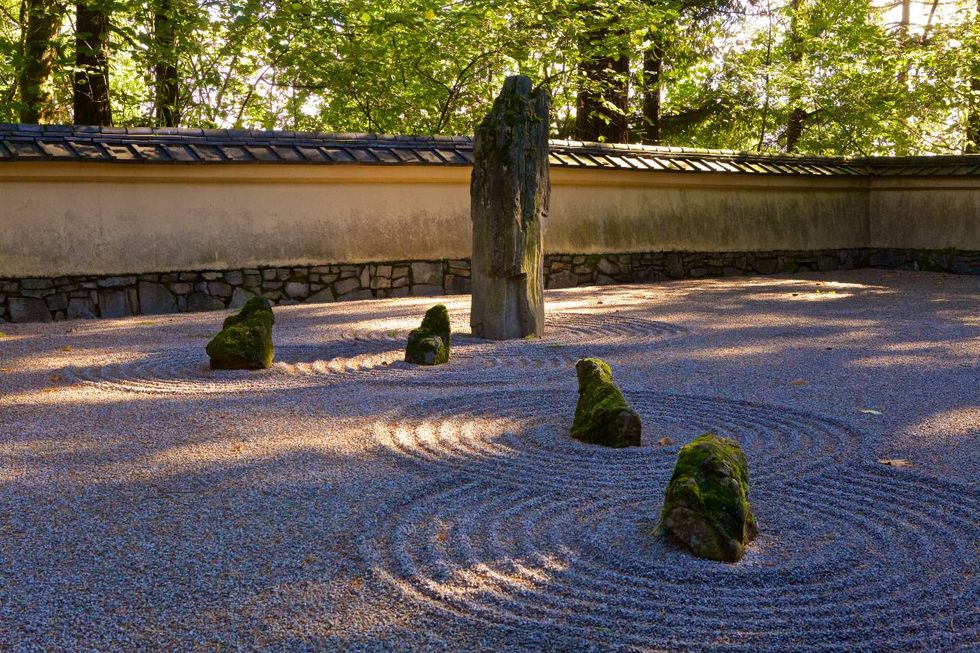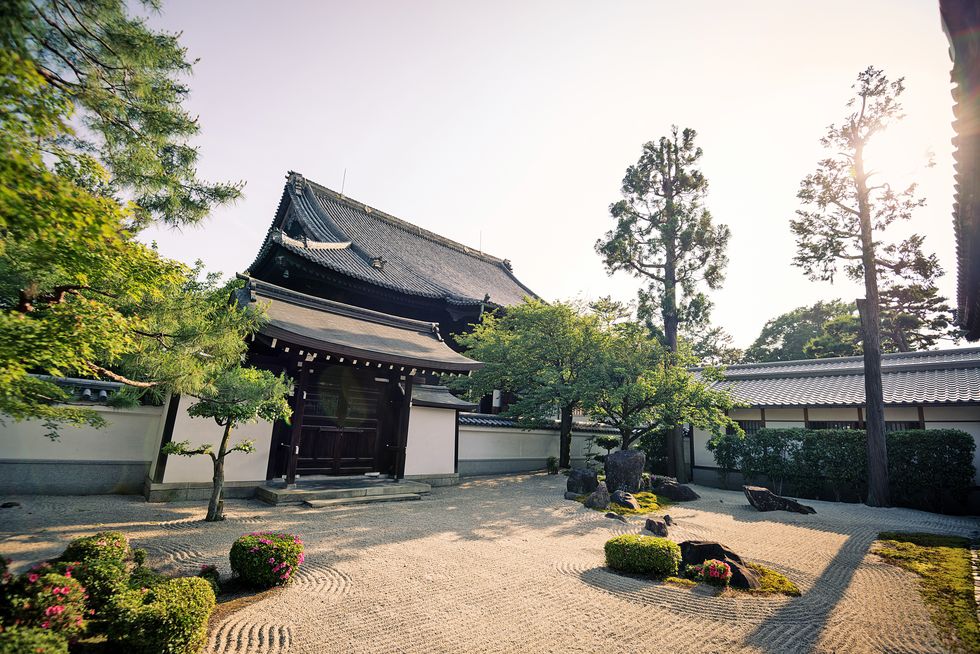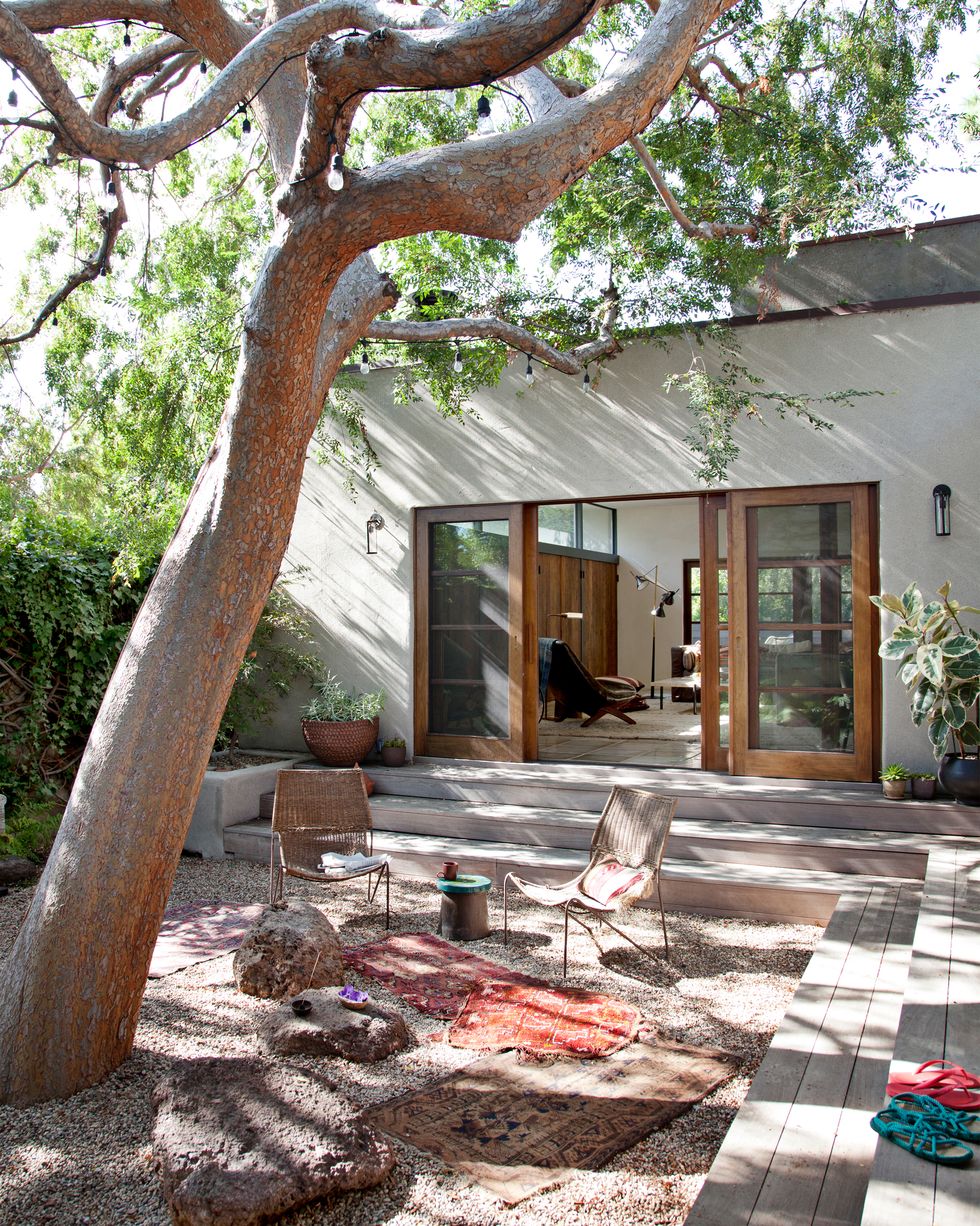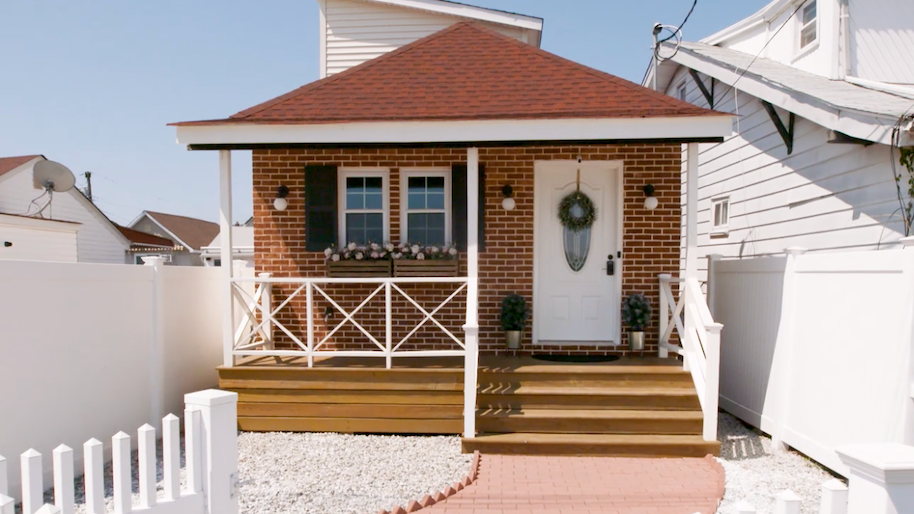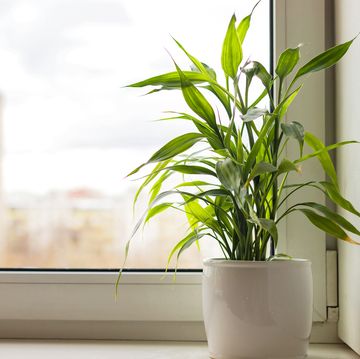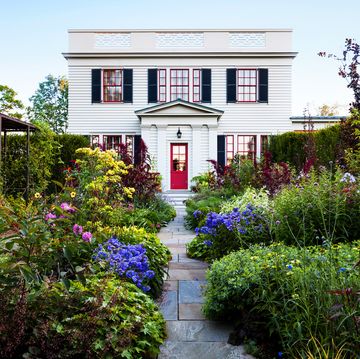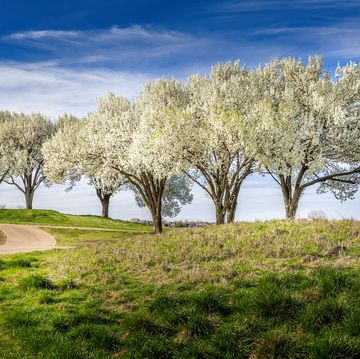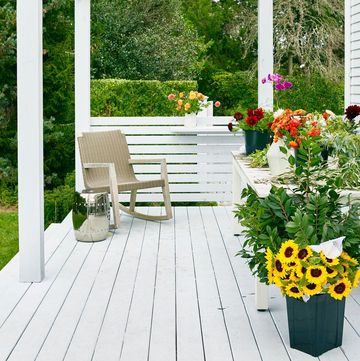Zen gardens, more accurately known as Japanese rock gardens or sand and stone gardens, are serene retreats from the noise and chaos of everyday life. This simple, elegant type of garden has roots in the Zen Buddhist principles of simplicity and emphasis on the natural world. The concept of using design to create calm is reminiscent of Japandi design style or the wabi-sabi aesthetic. Japanese Zen gardens embrace minimalistic landscaping, such as incorporating raked gravel and stones, rather than an abundance of lush plantings.
"People are attracted to this type of garden for many different reasons," says Hugo Torii, garden curator of Portland Japanese Garden, which was founded in 1963 and is considered the most authentic Japanese garden in the world outside Japan. (It has a beautiful stone and sand garden.) "Some may find it symbolic or religious, or some like the intense artistic design. Some like the simplicity of its expression."
Read on to learn more about Zen gardens, including what they are, their cultural significance, and how to incorporate some of their classic elements into your own landscaping.
What Is a Zen Garden?
Unlike other styles of Japanese gardens, such as strolling pond gardens and tea gardens, Zen gardens don't focus on plants. Typically, their focus is on the inclusion of rock, gravel, and sand, rather than landscape plantings. They usually are walled or separated from other garden design elements to help foster a calm, quiet atmosphere. Traditionally dry gardens, Zen gardens typically don't have fountains, ponds, or other water features.
This Japanese garden style dates back thousands of years to the mid-14th century, during the Muromachi period. "It originated with the Zen temples, which have a particular temple grounds formation of buildings and gardens," says Torii. Typically, "the main pavilion has a flat white gravel area on the south side, where people would sit and listen when the emperor came to visit," says Torii. "When the emperors no longer came to the temples, the monks started to make this open space a place for meditation."
Over the centuries, these Zen gardens evolved as different interpretations of the style emerged. In time, elements such as rocks and raked patterns in the gravel were made part of the space, though not all Zen gardens utilize all of these elements.
What Is the Cultural Significance of a Zen Garden?
The concept of Japanese rock gardens is steeped in the cultural tradition of karesansui, which means "dry mountain water," says Torii. In a broad sense, water refers to all the areas of the earth that are covered by water, while mountains represent the dry land. For those who find these gardens a place for contemplation, these spaces may offer a view of the universe represented in sand and stone.
There is no specific meaning assigned to these gardens. "Many times people ask, 'What does it represent?' But I would say rather do not think about what it's trying to express but make it your own," says Torii. "Try not to think of how you 'should' think of it, but just feel it. This is how you seek information. You start to see when you don't seek it."
The original garden designer of Portland Japanese Garden, Takuma Tono, a professor at Tokyo Agricultural University, once commented on these types of garden spaces: "Appreciation depends primarily on enjoyment, which is stimulated by vacancy. True beauty can be discovered only by one who mentally completes the incomplete."
What Elements Are Part of Zen Gardens?
Many Japanese rock gardens today have a white gravel garden area, while others incorporate large rocks within the gravel space. "But it does not need stones. The void can be more important than the stone itself," says Torii.
In some Japanese Zen gardens, intricate patterns may be raked into the gravel, symbolizing ripples in water. The pattern is not meant to be walked on but observed from the side of the garden, says Torii. Some gardens have plantings, such as moss or creeping plants, while others do not.
How to Create a Zen Garden
One of the ways to get inspired is to visit Japanese rock gardens whenever you are able. A classic book, Sakuteiki, which is believed to be the oldest known publication on garden building, is another great resource to find inspiration for your own rock garden, says Torii.
A Japanese rock garden does not have to be a big space, only large enough to allow you to interpret the style in your own personal way. To create one in your own landscape, consider artistic proportion, balance, and flow so that the garden feels pleasing, and incorporate elements such as:
- A fence: "If there's no enclosure or fence around it, it's difficult to focus," says Torii.
- Blank spaces, which allow for contemplation
- White gravel, which can be raked into swirling patterns (or not)
- Rocks, if you wish
- Low-growing plantings, if you wish
Perhaps most important, you should also keep in mind the kind of experience you want to have in your Zen garden. "If you want to smile every time you see it, that's okay too," says Torii. "You don't have to meditate there."
